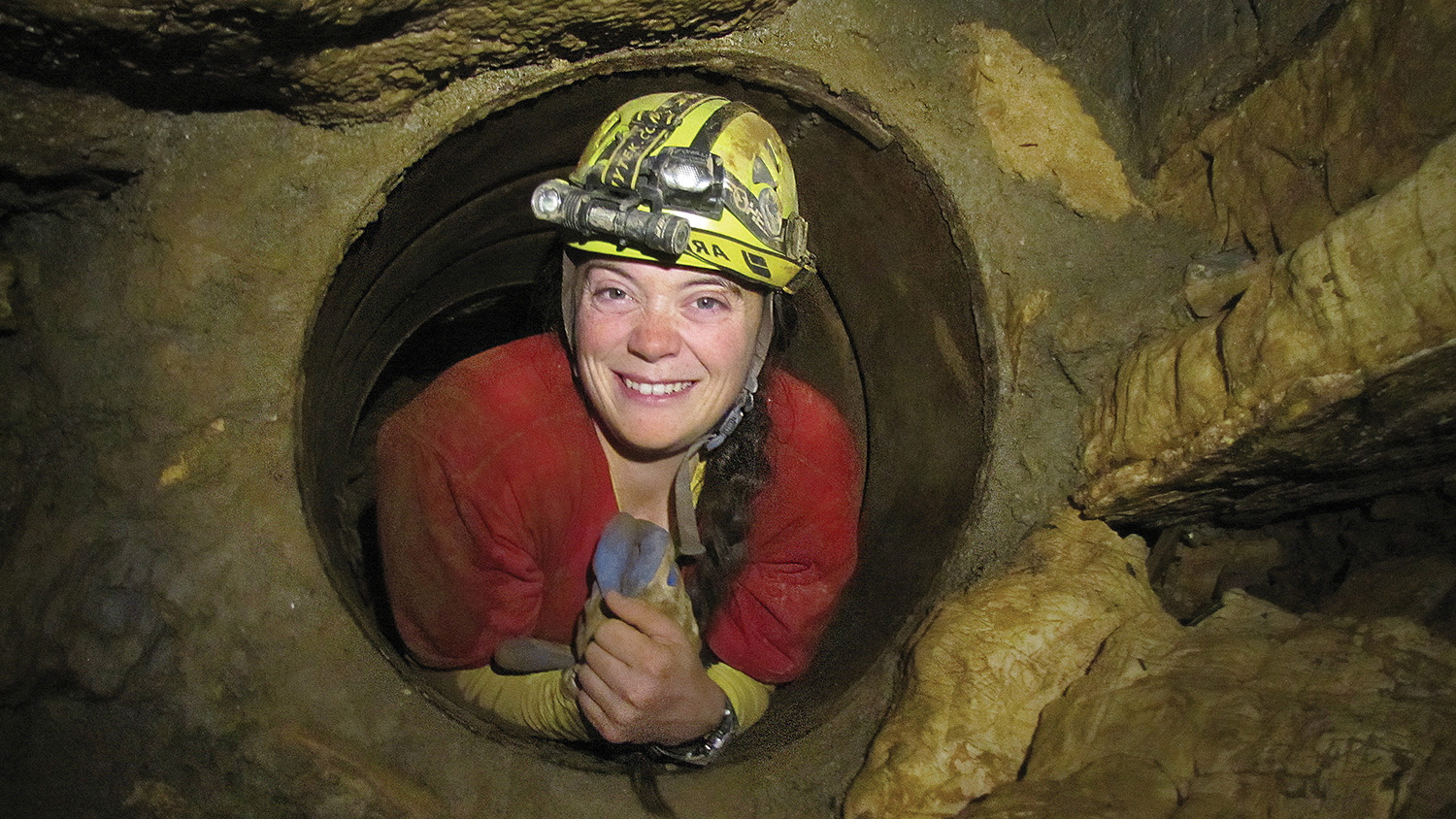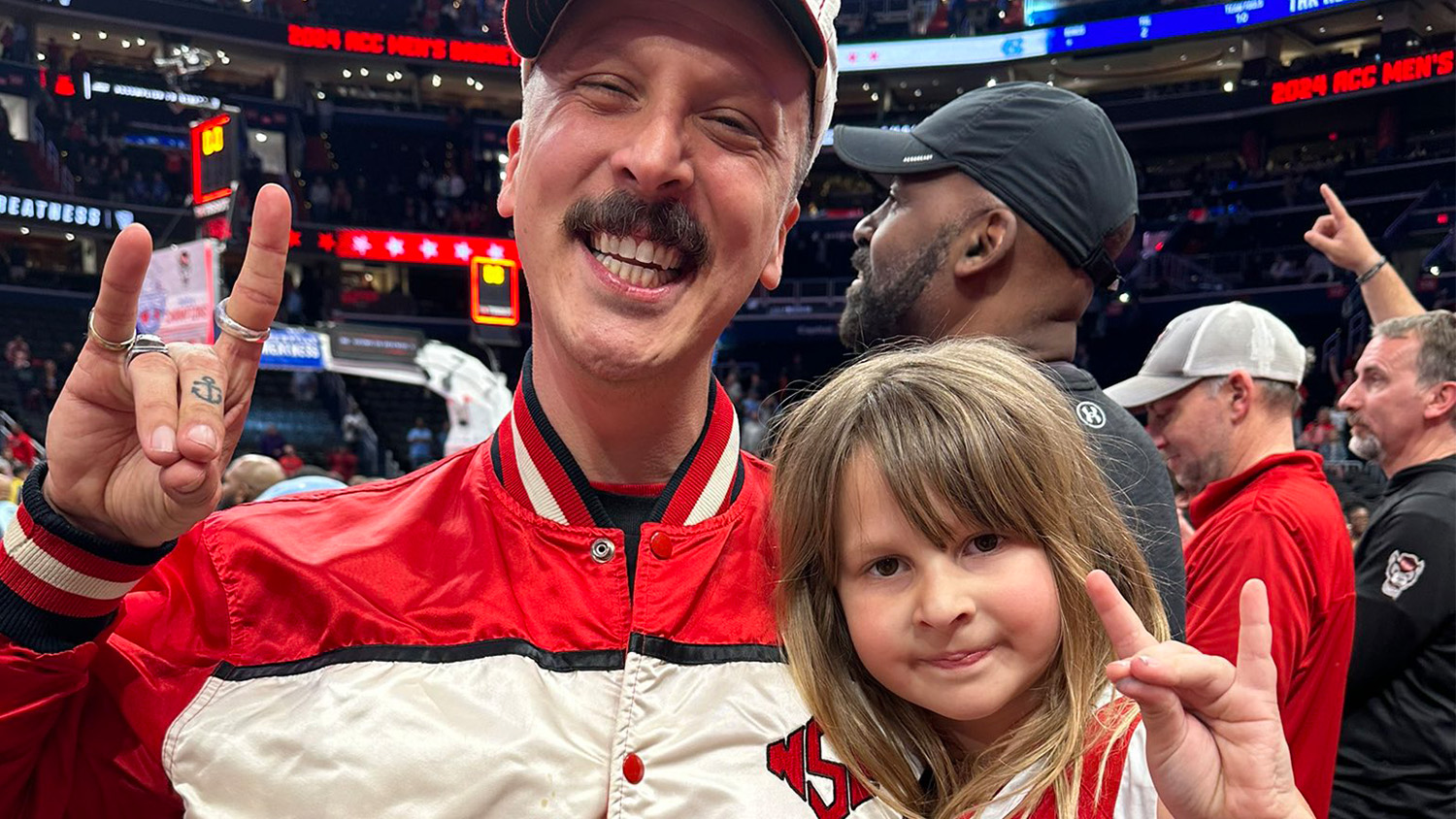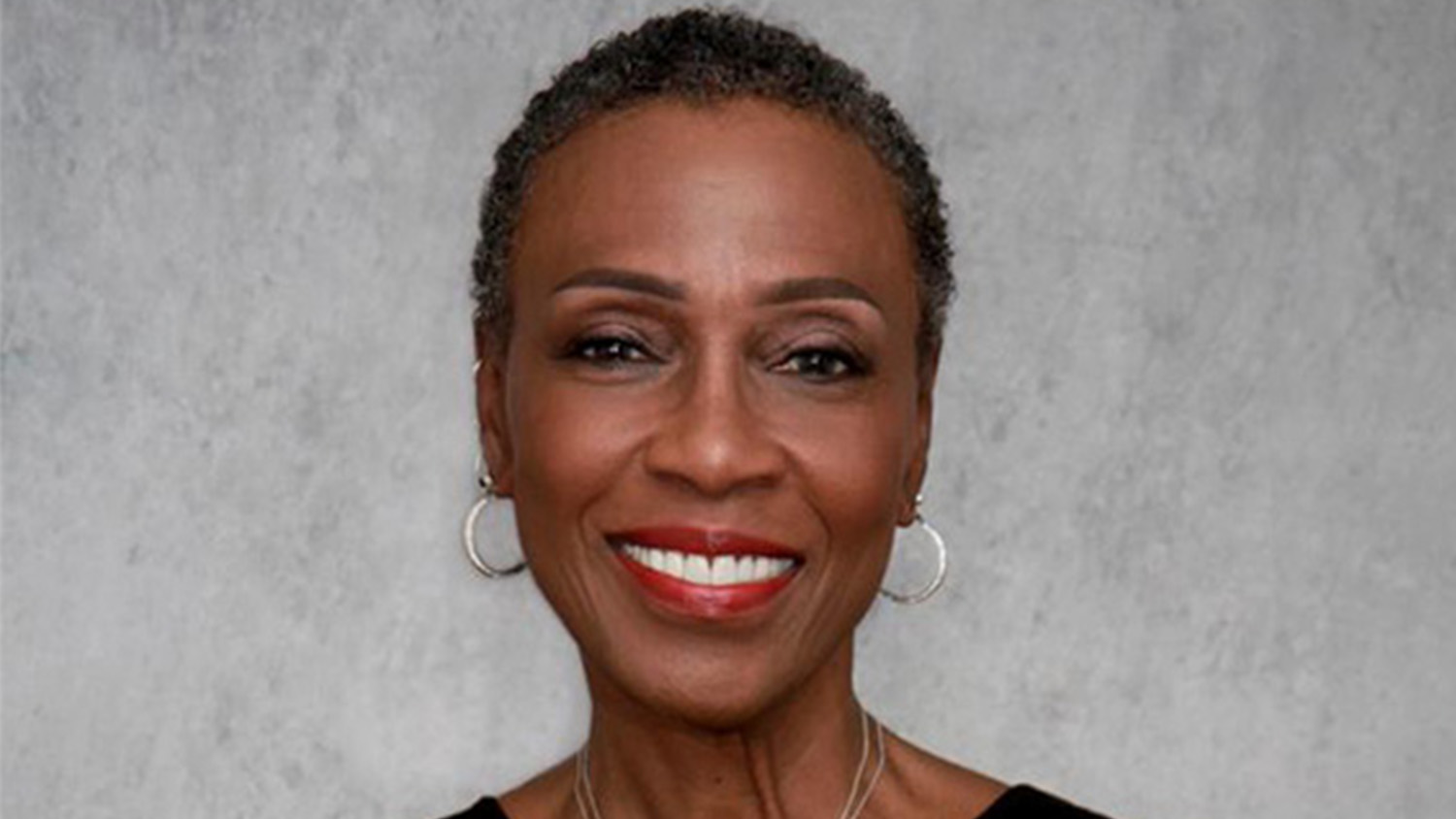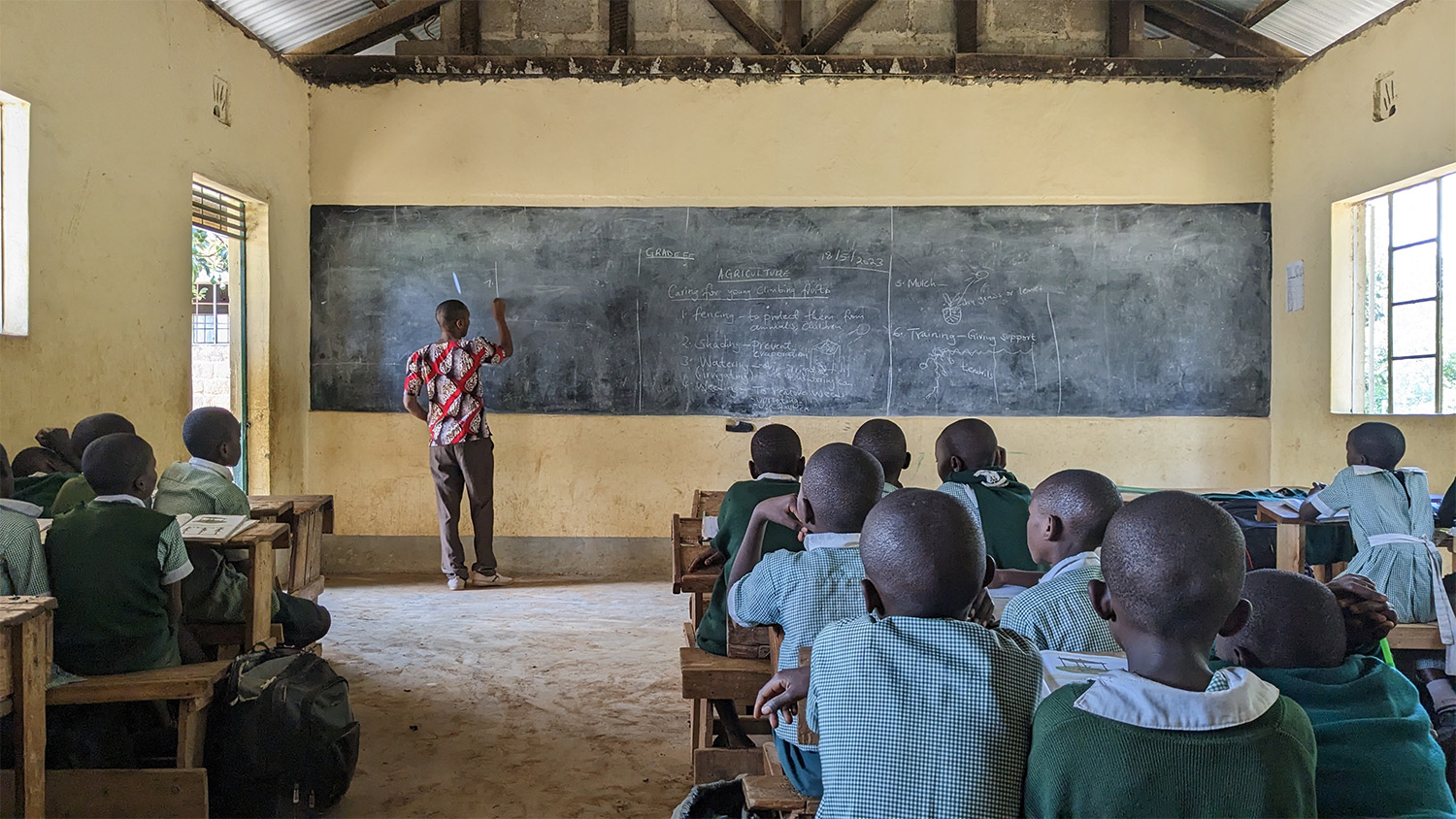60 Seconds with Skylar Hopkins
Assistant Professor of Applied Ecology

Skylar Hopkins studies the intersection of disease ecology and conservation biology. What that means is that she looks for ways to reduce infectious diseases in humans and how to mitigate troublesome impacts of parasites and pathogens on wildlife. She also figures out ways to conserve parasites that are threatened by climate change.
How do you determine which parasite species are worth conserving? There are only about 1,000 parasites and pathogens in the world that infect people, whereas there are millions of parasites and pathogens out there. So even if we get rid of all the ones that are bad for people, there’d be a whole bunch left that are playing important roles in our ecosystem.
What are some examples of those important roles? Parasitoid wasps are really important for biocontrol for agriculture. They control agricultural pests, like caterpillars or aphids. And they save us billions of dollars per year that we would have to use otherwise in pest control products. There are also things like mussels that use fish to get around. Mussels play really important roles in regulating water quality.
Are there parasites or pathogens that are particularly troublesome? What I’ve worked on the most are invasive fungal pathogens. There are actually several that are pretty concerning. Some examples are the fungus that causes white-nose syndrome in bats, and that’s caused huge population declines in bat species in the eastern United States. And, similarly, there are these fungi that are decimating frog and salamander populations, the chytrid fungi. So those are pretty scary.
How did you get interested in this? My Ph.D. work was trying to understand how parasites are spread among their hosts. I was studying trematode parasites in snails, and there are trematodes which cause this super-debilitating disease called schistosomiasis that affects millions of people. And then there are all these other trematode species that don’t infect people but are just really fascinating for the roles that they play in ecosystems. That’s sort of where it all started, both my interest in reducing transmission to people but also figuring out how we can maintain these parasites in ecosystems when they’re not harming people or causing problems for other wildlife.
- Categories:


